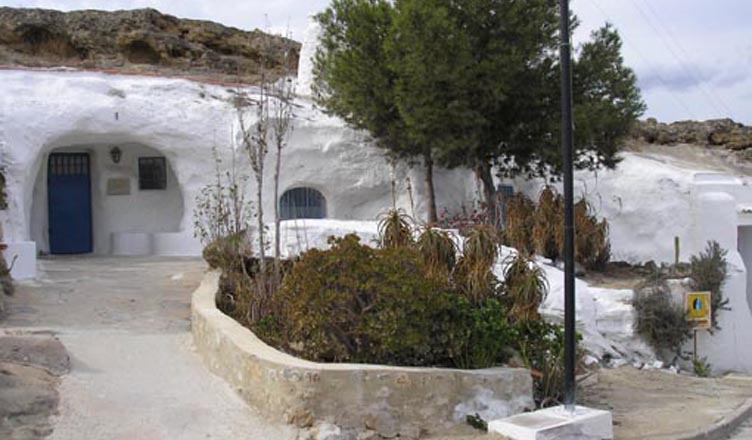There was recently a tragic case of a 27-year-old German expat, living on the beautiful Island of La Palma who, allegedly, set fire to his own used-toilet paper after relieving himself ‘au natural’ off a forest trail in a protected natural park.
As a result, he set fire to a large, ancient and ecologically valuable pine woodland, causing the death of a fire fighter, who was a park ranger with five children, and was responsible for 2500 people having to be evacuated from their homes. It is also suggested that alcohol or drugs may have played a part in this ongoing tragedy.
According to the suspect, after he had defecated, he lit the toilet paper, and then sparks leapt from the burning tissue onto dry vegetation, which quickly turned into a vicious fire with devastating consequences. With temperatures approaching 40 degrees, as well as strong winds, the fire quickly got out of control, and approached the island’s busiest tourist area, Fuencaliente.
La Palma is the fifth largest of the islands, and is popular because of its protected parks and forests. Dozens of helicopters and planes from other islands were brought to La Palma to assist, as well as 350 fire fighters who, at the time of writing, are still trying to extinguish the blaze. The suspect is currently being held by police, without bail.
According to local sources, the man lives in a cave in this beautiful forested area. Many people still live in caves on several of the Canary Islands. These are not ordinary caves, as one would first imagine, but are often very tastefully converted dwellings, offering all modern conveniences, but in this case, clearly without a toilet.
Several that I have been invited to consist of several interconnected rooms, have water, electricity, Internet connection and even air conditioning. I have even visited two cave homes that have a sauna, as well as a hot tub; it is hardly rough living. The caves offer remarkably sensible accommodation for modern island living in the Canary Islands, since they remain cool in summer and warm in winter. The early settlers in the Canary Islands, the Guanches, were certainly no fools and knew exactly what they were doing when it came to cave dwelling.
Sadly, many of these caves are now often rented or sold to the trendy expat; those with money, but often with very little accompanying common sense. I am not referring to this particular criminal case, but I have heard a number of reports where these caves are bought up by foreigners as holiday homes, but who have little or no sensitivity to the uniqueness of the Canary Islands and its protected areas. ‘Boutique Caves’ as they are sometimes called are even sometimes available as rental accommodation, or discovered by the ‘beautiful people’ and occasional hippies who happen to find one that is abandoned or in a less than liveable state.
Questions are rightly now being asked by local people about whether it is acceptable to sell or let these unique dwellings to holidaymakers and expats. Cave and other homes that are situated in high risk and environmentally important areas may need to be especially protected. Yes, it does enhance the rural economy and bring in much needed tourist euros to these areas, but one wonders if the cost to human life, as well as the overall environment, is worth the risk?
As for the German tourist; maybe he should consider using a chemical toilet in future.
If you enjoyed this article, take a look at Barrie’s websites: www.barriemahoney.com and www.thecanaryislander.com or read his book, ‘Island in the Sun’ (ISBN: 9780992767181). Available in paperback, as well as Kindle.
© Barrie Mahoney





